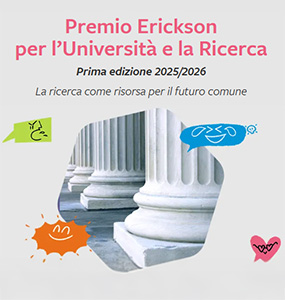A winning formula?
Joanne Banks
Increasingly, countries around the world are reforming their traditional «special educational needs» funding models, many of which contradict the overarching principles of inclusive education as set out in the United Nations Convention on the Rights of Persons with a Disability (UNCRPD). There is growing awareness across countries that the way education systems are financed directly shapes the extent to which schools can be inclusive. Spiralling costs have also influenced governments who have begun calling for «cost control» and greater transparency and accountability in how resources are distributed and monies are spent. In Ireland, calls for a more equitable resource model for students with disabilities in mainstream education resulted in the introduction of a new system of funding which removed the need for diagnosis to receive supports. However, since ratification of the UNCRPD in 2018, Ireland’s system of special education is being considered for full reform with the possibility of moving to a system of inclusive education and the removal of special schools and classes. This raises the question: can two separate funding streams, one for general education and one for special education ever exist in an inclusive system? Having one funding model for all students, although the logical choice, is the source of much concern among parents and disability advocates, many of whom fear it will lead to children with disabilities «falling through the cracks» and used by government as a mechanism to reduce spending overall.
Keywords
Inclusive education, funding systems, school autonomy, Universal Design for Learning.


